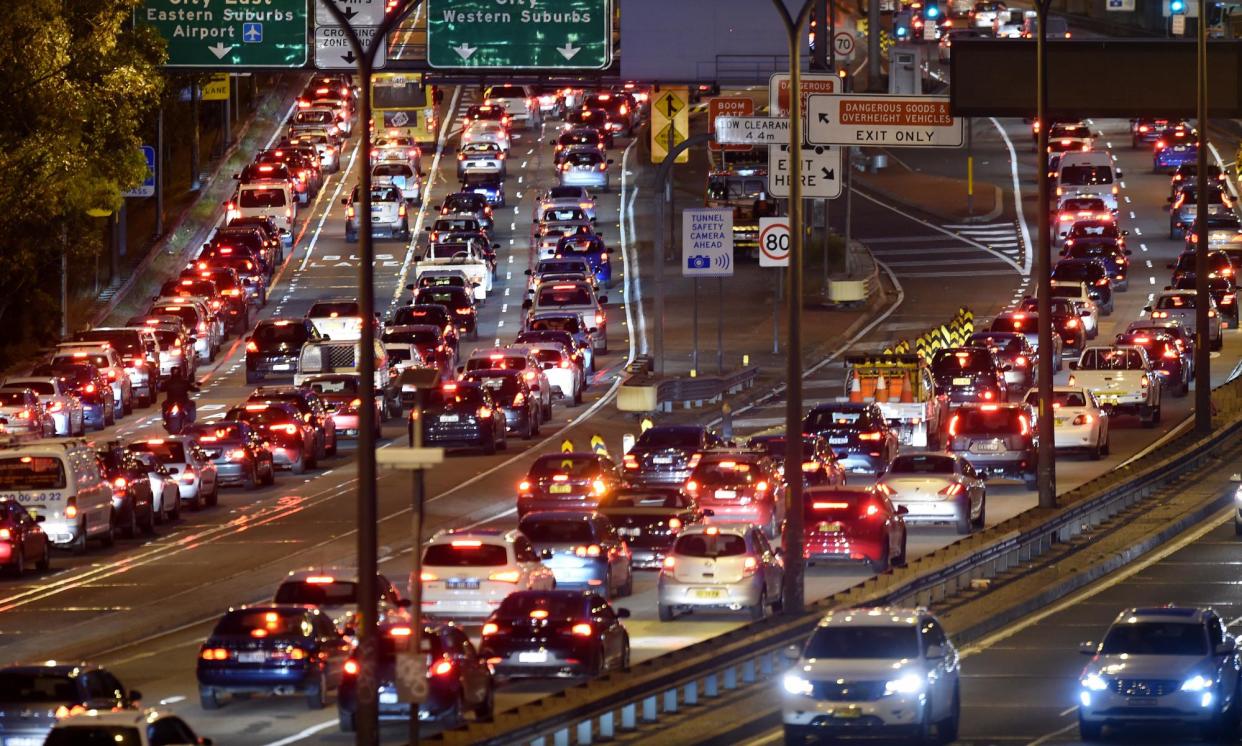Peak motorist body requests clarity on Albanese government’s proposed clean car policy

The nation’s peak motorist organisation has called on the Albanese government to release in full the modelling underpinning its proposed new laws aimed at removing the worst polluting cars from Australian roads and hastening the uptake of cleaner vehicles.
The Australian Automobile Association (AAA), in its submission responding to the government’s proposed national vehicle efficiency standard (NVES), reiterated it has long supported such a scheme. But it said Labor should “be more transparent” about how it arrived at the calculations supporting its preferred, more ambitious targets.
“The AAA is mindful that a poorly designed standard and overly stringent targets will deliver bad outcomes for both consumers and the environment,” the peak motoring body, which represents state organisations including the NRMA, RACQ and RACV, said.
The criticism from the AAA comes as rival car manufacturers continue sparring with one another as well as climate advocates over claims the proposed NVES will increase the cost of popular cars.
Australia’s proposed fuel standard will place a cap on the emissions from new cars supplied to the market to incentivise carmakers to supply more low- and zero-emissions vehicles. The cap will be lowered over time, and the government hopes it will bring down the nation’s emissions and make cars that are cheaper to run more accessible.
Related: Toyota asks for Australia’s proposed vehicle emissions standard to be watered down
Car manufacturers whose emissions averages come in below the cap will gain credits, while other companies will be penalised for exceeding the cap.
The Albanese government’s preferred model is expected to cut 369m tonnes of CO2 by 2050 – equivalent to the last six years of emissions from light vehicles in Australia.
However, the AAA said it is “is very concerned by the lack of detail in the government’s published analysis on the achievability of its preferred targets, particularly those relating to 4WDs and the light commercial fleet”.
“Given the global lack of affordable and ready alternatives for existing popular vehicles, it is incumbent on the government to provide robust analysis showing how it sees its headline targets for light commercial vehicles being met.”
The AAA’s submission included an analysis it commissioned from The Centre for International Economics, which found the government’s preferred NVES model – known as option B – would require more than 40% of new passenger vehicles sold in 2029 to be electric.
Related: Anthony Albanese flatly denies claim Thai PM asked for slowing of fuel efficiency standards
The analysis also found 50% of utes bought in 2029 – or vehicles broadly falling within the light commercial category – would need to be electric.
Recent sales data from February found electric vehicle sales made up 9.6% of total sales, and the AAA claimed that there is just one electric ute available in Australia, with just 15 sold in the fourth quarter of 2023.
The AAA’s analysis found there would continue to be a cohort of Australians resistant to buying an EV, even if it cost less than a traditional internal combustion engine vehicle, due to factors such as concerns for its range before needing to be charged, and towing capacity.
In its submission, the AAA called on the federal government to do more to address charging infrastructure across the country.
The AAA also expressed concern about the “very short timeframe” for introducing the NVES.
The government plans to introduce legislation before July that will take effect from January 2025 – a date the AAA said “appears rather ambitious”. It flagged the possibility that carmakers unable to achieve the strict standard in a short timeframe will either be forced to factor in the cost of penalties into consumer prices or restrict what models are available to Australians.
In concerns echoed in Toyota’s submission to the government, the AAA noted that the US scheme Australia is hoping to catch up to offers manufacturers “supercredits” for the cleanest of vehicles, “off-cycle credits” for specific green technologies used in cars that are not measured in tailpipe emissions, and “air conditioning credits” for using greener refrigerants.
Related: Tesla quits major Australian auto lobby over its ‘false claims’ about government’s clean car policy
None of these credits are included in the Albanese government’s preferred option B.
Additionally, the AAA noted many states in the US offer consumers subsidies of up to $7,500 credit toward an EV on top of federal measures, while in Australia states have begun winding back such incentives.
“The analysis suggests the targets will be unlikely to be met without additional consumer and/or producer subsidies, as well as significant enhancements to Australia’s EV recharging network,” the AAA said.
In its submission to the government, the Grattan Institute estimated the proposed NVES model would, on average, increase prices by about 1%, but that consumers would quickly be financially better off due to significant savings on fuel and maintenance costs.
A new car sold in Australia uses, on average, 6.9 litres of fuel for each 100km compared with new cars in Europe and the US that use 3.5 litres and 4.2 litres, respectively.


